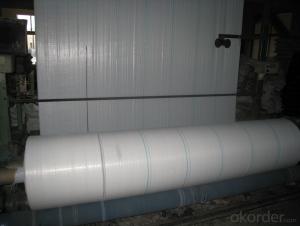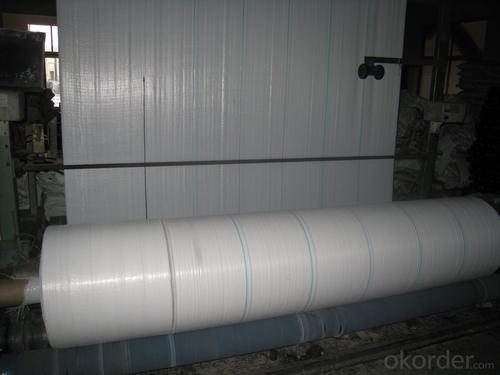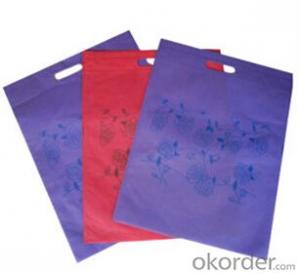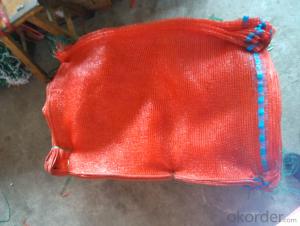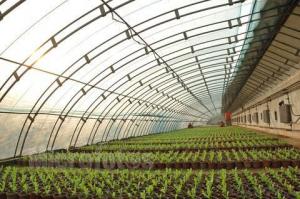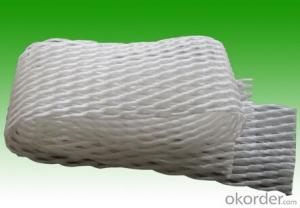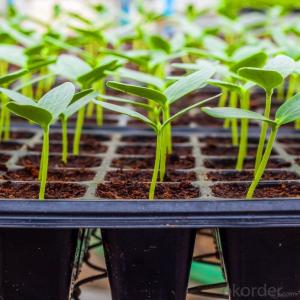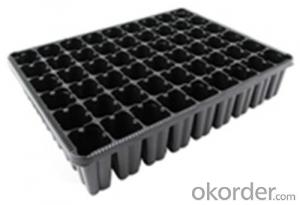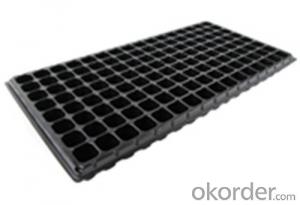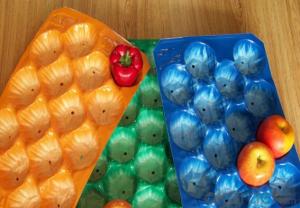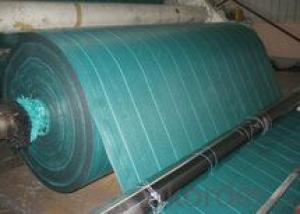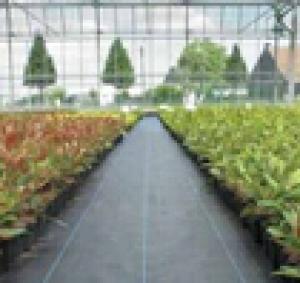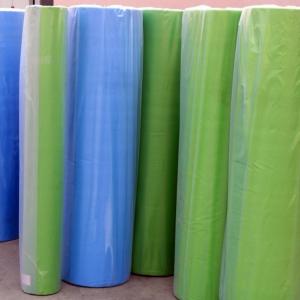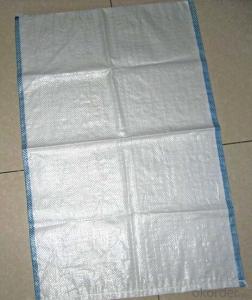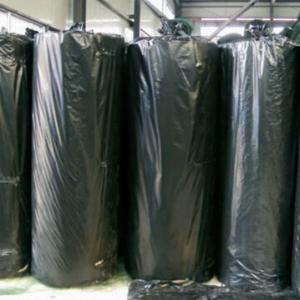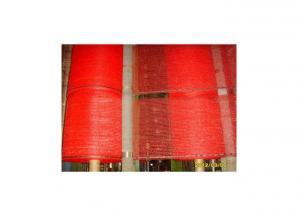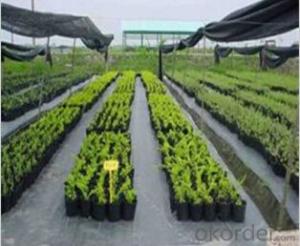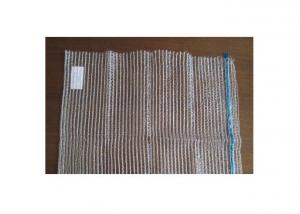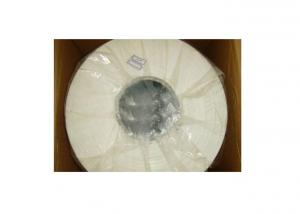PP woven fabric
- Loading Port:
- China Main Port
- Payment Terms:
- TT OR LC
- Min Order Qty:
- -
- Supply Capability:
- -
OKorder Service Pledge
OKorder Financial Service
You Might Also Like
Name: PP woven fabric for weed control and water savings
Net weight | 60g/m2--180g/m2 |
Net width | 0.5m-4.4m or by requirements. |
Rolls Lengths | 10m, 50m, 100m or by requirements. |
mesh density | 8x8,10x10.11x11,12x12,14x14 |
Colours | Green,Black ,Dark green or by requirements. |
Material | PE/PP |
Using life | Base on weather conditions and use. |
Type | Plain |
Delivery time | 25-30days after deposite |
Export market | South America,Japan, the Middle East ,Europe , markets. |
Min order | 4 ton/tons |
Terms of Payment | T/T, L/C at sight |
Supply capacity | 300 ton/tons per month |
Packing | Rolls on cardboard tubes & wrapped in plastic with color label (or any customized) |
Function:
1. Cover crops in the ground surface
2. Can prevent weeds
3. Controlling soil humidity and the temperature
4. Against the insect
5. Does not affect the growth of the crops
6. Long service life
- Q: What is the insulation value of nursery trays?
- The insulation value of nursery trays varies depending on the material they are made of. Common materials used for nursery trays, such as plastic or foam, provide some level of insulation to protect the plants from temperature fluctuations. However, their insulation value is generally not very high compared to specialized insulation materials.
- Q: Are there nursery trays with built-in labels for easy plant identification?
- Yes, there are nursery trays available with built-in labels specifically designed for easy plant identification. These trays often come with pre-printed or customizable labels, making it convenient for gardeners or nursery owners to identify and organize their plants.
- Q: Can nursery trays be used for growing mosses?
- Yes, nursery trays can be used for growing mosses. Mosses are low-maintenance plants that do not require deep soil, so nursery trays can provide a suitable environment for their growth. The shallow compartments of the trays allow for proper water drainage and air circulation, which are important for mosses to thrive. Additionally, nursery trays can be easily moved and arranged to create different moss arrangements, making them a convenient option for moss cultivation.
- Q: What are the top plastic products used in agriculture that are most beneficial for those who grow vegetables?
- <p>The best agricultural plastic products for vegetable growers include mulch films, which help retain soil moisture and suppress weeds; drip irrigation systems for efficient water use; greenhouse films that provide a controlled environment for year-round growing; row covers to protect plants from pests and harsh weather; and plasticulture, which involves using plastic to create raised beds for better drainage and aeration. These products not only enhance crop yield but also contribute to resource conservation and sustainability in vegetable cultivation.</p>
- Q: How do agricultural plastic products help with erosion control?
- Agricultural plastic products, such as plastic mulch or erosion control mats, play a crucial role in reducing erosion. These products create a physical barrier that helps to prevent soil erosion by reducing the impact of raindrops, slowing down the flow of water, and providing stabilization to the soil. Plastic mulch, for instance, covers the soil, preventing rainwater from directly hitting the ground and reducing the velocity of water runoff. This helps to retain moisture in the soil, minimize soil compaction, and prevent the loss of valuable topsoil. Overall, agricultural plastic products provide effective erosion control measures that help in preserving soil fertility and promoting sustainable farming practices.
- Q: Do nursery trays come with a humidity control feature?
- No, nursery trays typically do not come with a humidity control feature.
- Q: Explain the differences between plastic mulch and plastic sheeting in agriculture.
- <p>Plastic mulch and plastic sheeting are both used in agriculture, but they serve different purposes. Plastic mulch is a thin layer of plastic film placed on the soil surface to suppress weeds, retain moisture, and increase soil temperature. It's often perforated to allow plant emergence. Plastic sheeting, on the other hand, is a thicker plastic material that can be used for various purposes, such as creating a barrier to prevent root growth, controlling soil erosion, or as a cover for hoop houses. It's not typically used for direct soil contact in the same way as mulch. The thickness, material composition, and application method are the main differences between the two.</p>
- Q: Some kinds of plastic wrap can be stretched tightly over a container and down its sides. The plastic wrap sticks to the sides of the container? Why?
- most kitchen plastic wrap is made of low density polyethylene, also known as LDPE. This plastic makes a good barrier to water and air, but it does not stick to itself. To make it cling, they add another chemical, such as polyisobutylene or poly[ethylene-vinylacetate]. These chemicals do not mix totally with the LDPE. Instead, they act like the adhesive on tape, only not as sticky, and it only sticks to certain things. Want to see? Try sticking it to paper, different plastics, wood, and other substances. Then you will know why the plastic wrap will stick easily to some containers, but not to others. If it will not stick, then you just have to make room to eat that last piece of pie, right?
- Q: How are plastic hay feeders beneficial for livestock nutrition?
- Plastic hay feeders are beneficial for livestock nutrition as they help to minimize hay wastage and keep the feed clean and dry. By reducing hay wastage, animals are able to consume more of their feed, leading to improved nutrition and weight gain. Additionally, the plastic material is resistant to weather and moisture, ensuring that the hay remains fresh and free from mold or contamination. This promotes healthier consumption and digestion for livestock, ultimately resulting in better overall nutrition.
- Q: if i got heaps of plastic surgery to my face but without getting botox and **** will i look completly different? cos i hate the way i look my face is proportioned right. and can they shorten noses? like does that work?
- You can do ANYTHING with plastic surgery. My friend had a ton of plastic surgery and had to convince people and swear to God that it was her - these were people who knew her all her life! They can most DEFINITELY shorten noses. Basically, you can do anything imaginable, just expect to pay a lot.
Send your message to us
PP woven fabric
- Loading Port:
- China Main Port
- Payment Terms:
- TT OR LC
- Min Order Qty:
- -
- Supply Capability:
- -
OKorder Service Pledge
OKorder Financial Service
Similar products
Hot products
Hot Searches
Related keywords
